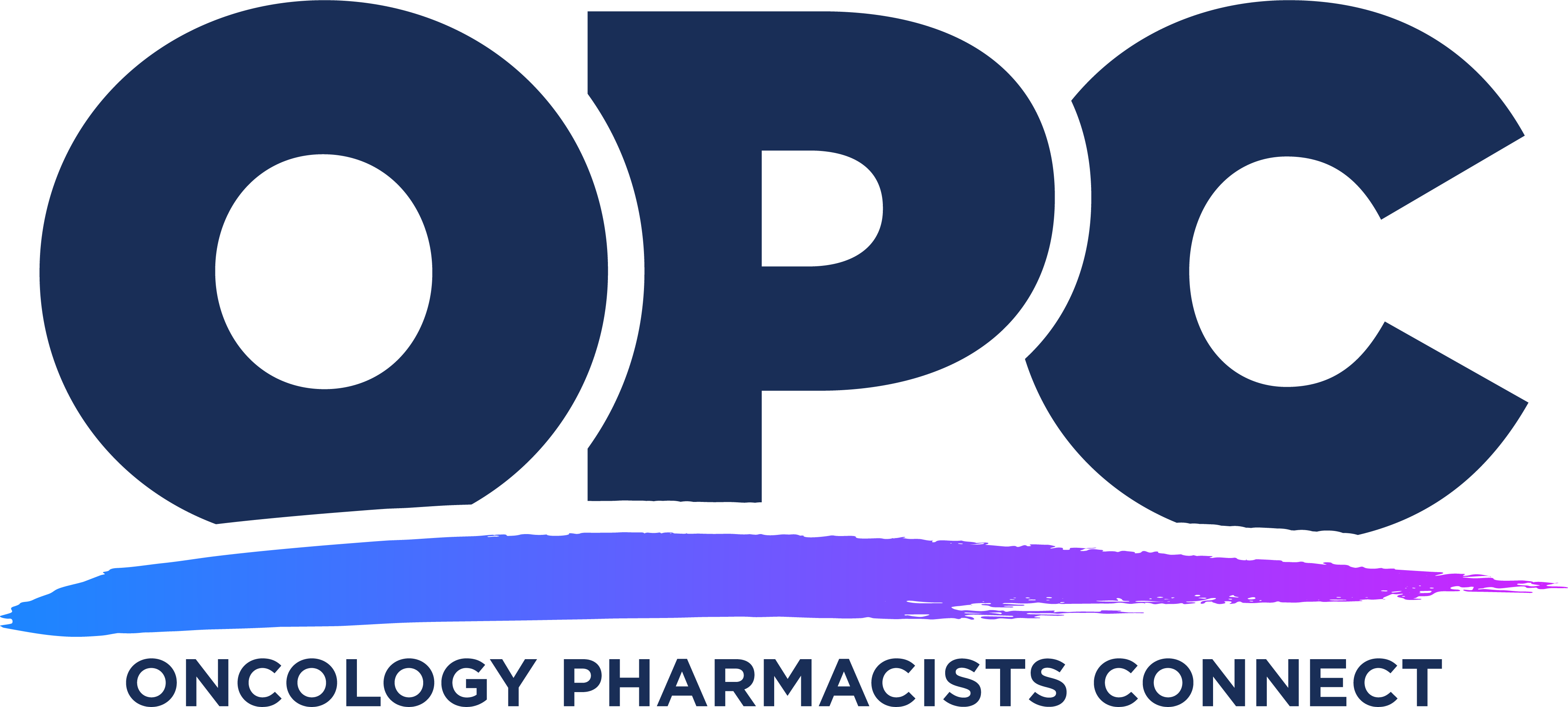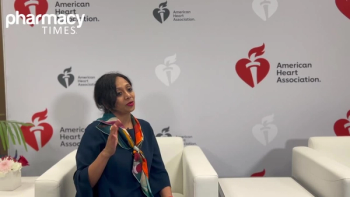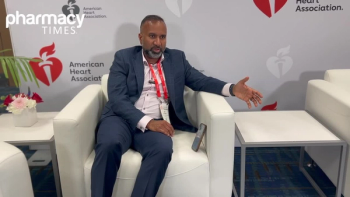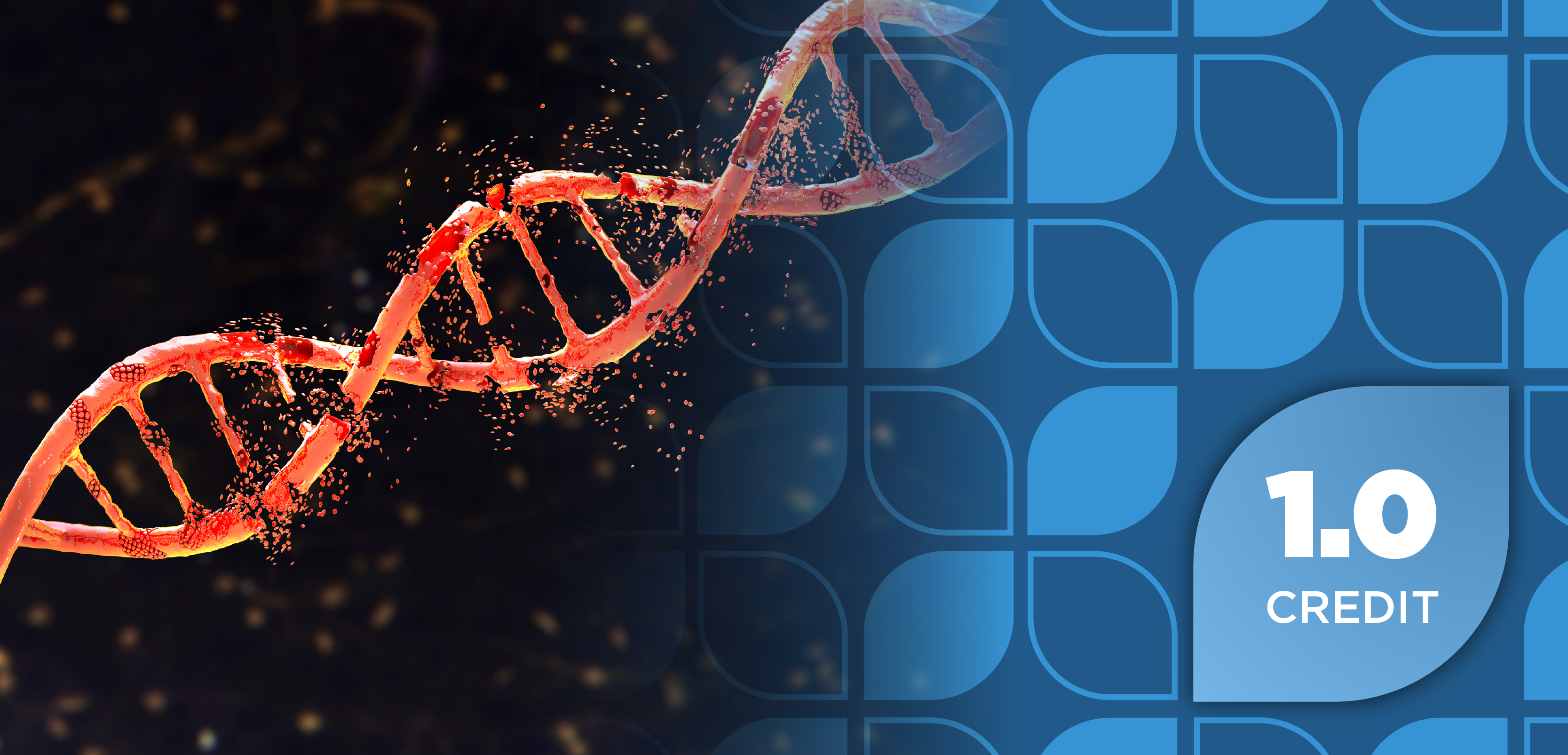
Pharmacists Reimagine Myeloma Care With Insights from ASCO

Gabe Hinojosa, PharmD, BCOP, shares key data for pharmacists from the 2025 American Society of Clinical Oncology Annual Meeting.
In an interview with Pharmacy Times®, Gabe Hinojosa, PharmD, BCOP, clinical pharmacy specialist oncology/hematology at UT Southwestern, discussed the evolving treatment landscape for multiple myeloma (MM) and presented data from the 2025 American Society of Clinical Oncology Annual Meeting (ASCO). Additionally, he offers insights into data from the CARTITUDE-1 trial (NCT03548207), which suggested the “curative” potential of ciltacabtagene autoleucel (Cilta-cel, Carvykti; Janssen Biotech).1
Pharmacy Times: Can you share what you presented at the 2025 OPC meeting?
Gabe Hinojosa, PharmD, BCOP: So today, I had the opportunity to speak about catching the next wave in [MM], which was very exciting. We went through some ASCO updates—there were a lot of developments in the myeloma space. It was tough to nail down exactly which to cover, but we did see some clear trends.
Going through the presentations, we really focused on trends in new data, particularly in cellular therapy. We’re seeing potentially better responses than we've historically expected, which is exciting, and there's a push to move these treatments into earlier lines of therapy. The hope is that earlier use might improve responses and also allow us to extend dosing intervals. These patients are on treatment for a very long time—often until disease progression or toxicity—so anything that improves quality of life is important.
There are exciting developments: new drugs, novel mechanisms of action, and new indications. A lot of promising things are on the horizon in myeloma.
Pharmacy Times: What does the current landscape for treatment of multiple myeloma look like? What novel drugs are at the forefront?
Hinojosa: I think our standard therapies will remain important backbones. In the myeloma space, we tend to build upon existing regimens—moving from single agents to doublets, triplets, and now quads. Drugs like lenalidomide (Revlimid; Bristol Myers Squibb) and daratumumab (Darzalex; Janssen Biotech) will likely remain relevant, even with the introduction of new cellular therapies.
One abstract we highlighted was from the MagnetisMM-6 trial (NCT05623020), which looked at the potential of combining a bispecific agent, elranatamab (Elrexfio; Pfizer Inc), with daratumumab and lenalidomide. This is progressing through a phase 3 trial and includes comparator arms with standard-of-care treatments like daratumumab, bortezomib (Velcade; Millennium/Takeda and Janssen Pharmaceutical Companies), and lenalidomide. Even with new agents, we’re still relying on historically important drugs, and they’ll continue to be part of the treatment landscape.2
We’re still trying to figure out where these new treatments best fit. Initially, cellular therapies were used as a last-ditch option for patients running out of choices. They showed good response rates—some patients went on to live much longer than expected. But we’re getting better at using them, and now, a lot of data is looking at moving CAR [chimeric antigen receptor] T-cell therapies and bispecifics into earlier treatment lines. That could mean better quality of life and more durable remissions, maybe even drug-free intervals in the CAR T setting. It’s very exciting.
Pharmacy Times: The CARTITUDE-1 data have been described by some as showing “curative potential” in relapsed/refractory multiple myeloma. Do you think that’s the right way to frame these results, or should we be more cautious in our language? What additional evidence or research do you believe is still needed to move us closer to a true cure in this setting?
Hinojosa: Cartitude-1 is the hot topic right now. The new long-term follow-up data presented at ASCO this year is especially exciting. We saw 5-year follow-up results showing longer median overall survival. Most notably, over a third of patients were still alive, progression-free, and in remission—with no additional maintenance therapy.
Historically in heme malignancies, the 5-year mark has been considered the transition point from remission to potential cure. So that word “cure” is being tossed around, especially on social media. I’ve used it myself—with a question mark. I think we need to be cautious about marketing it as a cure, but it’s incredibly exciting to see such long drug-free intervals.
As we move from 5-year to 10-year data, we’ll better understand the durability of these responses. If patients are still in remission at the 10-year mark, it would be hard to argue against calling it a cure. One key difference between the trial and current real-world use is that the trial enrolled patients after 3 or more lines of therapy. They were heavily pretreated and refractory to many drugs.
Now that cilta-cel is moving into the second-line space, we’re seeing even deeper, more durable responses. That could mean that instead of one-third of patients remaining in remission beyond five years, it could be half—or even two-thirds. It’s incredibly exciting and may shift how we think about when to offer cilta-cel. But I would still be cautious about using the word "cure" at this point.
Pharmacy Times: In your practice, how do you bridge the gap between clinical trial data and clinical practice?
Hinojosa: I touched on this earlier, but there’s always a gap between clinical trial populations and real-world patients. It's important to not just look at cumulative data but also think through each patient individually—what prior therapies they’ve had, what makes sense for them.
A lot of the data we presented today was very early—some of it phase 1, some phase 3 but still preliminary. For example, the MagnetisMM-6 data is evaluating elranatamab in the frontline setting. The early response rates look excellent. Can I apply that in practice today? No. We're not going to have payer support to use these drugs frontline right now. But this data helps frame our point of reference for future decision-making. I can't use elranatamab in frontline today, but based on what we’ve seen, I’m definitely excited to see more data emerge.
Pharmacy Times: Can you share your experience at OPC 2025 and the significance of these meetings for pharmacists?
Hinojosa: OPC is my favorite meeting of the year. It’s incredibly impactful to be in a room full of amazing pharmacists from across the country, reviewing late-breaking ASCO data. Beyond that, it’s about sharing clinical experiences—learning how others approach patient care, maybe doing things a little differently or more effectively.
It’s a more intimate meeting, yet it draws top-tier experts in the field. You can have close, one-on-one conversations that you won’t find at larger conferences. It’s by far the best meeting of the year, and I’m looking forward to bringing these insights back to my own practice.
REFERENCES
1. A study of JNJ-68284528, a chimeric antigen receptor T cell (CAR-T) therapy directed against B-cell maturation antigen (BCMA) in participants with relapsed or refractory multiple myeloma (CARTITUDE-1). Updated April 2, 2024. Accessed June 24, 2025. https://clinicaltrials.gov/study/NCT03548207
2. A study to learn about the effects of the combination of elranatamab (PF-06863135), daratumumab, lenalidomide or elranatamab and lenalidomide compared with daratumumab, lenalidomide, and dexamethasone in patients with newly diagnosed multiple myeloma who are not candidates for transplant (MagnetisMM-6). Updated June 24, 2025. Accessed June 24, 2025. https://www.clinicaltrials.gov/study/NCT05623020
Newsletter
Stay informed on drug updates, treatment guidelines, and pharmacy practice trends—subscribe to Pharmacy Times for weekly clinical insights.






















































































































































































































